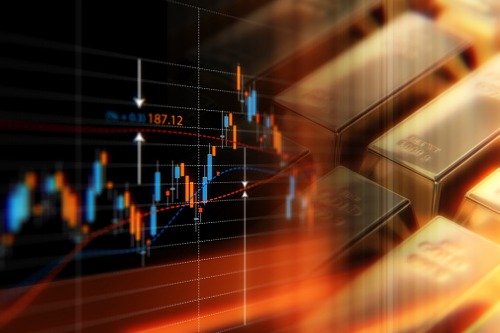For those seeking a golden experience, factors such as liquidity, the issuer, and the strategy should be considered

As anemic yields, low-to-negative interest rates, and sputtering growth take their toll on the long-running bull market, investors are turning their attention back to haven assets. One of the biggest winners in that trend is gold, which has seen its price skyrocket from US$1,270 per troy ounce in early May this year to exceed US$1,500 in September.
Gold investment has been on a tear, with assets invested in gold reaching record highs. While there are different ways to gain exposure to the metal, gold ETFs have been among the most popular vehicles — and there’s diversity even within that category.
“Some ETFs own bars of bullion, while others invest in gold futures contracts that give buyers the right to buy the metal at a certain price on a certain date,” said Wall Street Journal contributor Simon Constable. “There also are funds that use a combination of debt and derivatives to track gold’s price.”
Ask which one represents the best approach, and you won’t get an answer; as Constable noted, each approach comes with pros and cons. Choosing the right gold ETF requires investors to consider a variety of tradeoffs.
“Essentially either the highest priority is liquidity, or it is annual costs,” Todd Rosenbluth, CFRA’s head of ETF and mutual-fund research, told the Journal.
In the gold ETF space, the SPDR Gold Shares ETF is recognized as the original bullion-backed ETF, and is today known for its massive liquidity. Launched in 2004, it sees 12.3 million shares trade on average every day, giving investors the reassurance that large-scale sales or purchases won’t affect its price. But in recent years, a handful of gold ETFs have been launched with significantly cheaper prices than GLD.
“They have been gaining assets, and the liquidity has been improving,” Rosenbluth said.
Aside from bullion-backed funds, investors may also consider ETFs that hold gold futures, whose management fees can push beyond 0.5% but also offer yields as high as 1.3%.
The fund sponsor is another crucial consideration. Not every fund issuer is the same; some are more stable than others. Ben Johnson, director of global ETF research at Morningstar, suggests that investors review the firm’s history and product portfolio. A long track record and large AUM for a particular fund are good signs.
“Investors use the US$100-million threshold to judge whether a fund is commercially viable,” CFRA’s Rosenbluth noted. While he said no gold ETF has gone under so far, there’s a first time for everything.
Finally, investors must be wary of buying ETFs with complicated strategies like leveraged or inverse exposure. While they offer the opportunity for outsized returns, they’re best left for those with experience and discipline, as well as a pre-determined plan for when they should buy and sell.
“It’s really like putting a nuclear weapon in the hands of someone,” said Richard M. Rosso, director of financial planning at RIA advisors.
Aside from their extreme volatility, Rosso says that the performance of leveraged funds tends to decay over time, making them inappropriate for individual investors who aren’t planning to use them for short-term trades.



